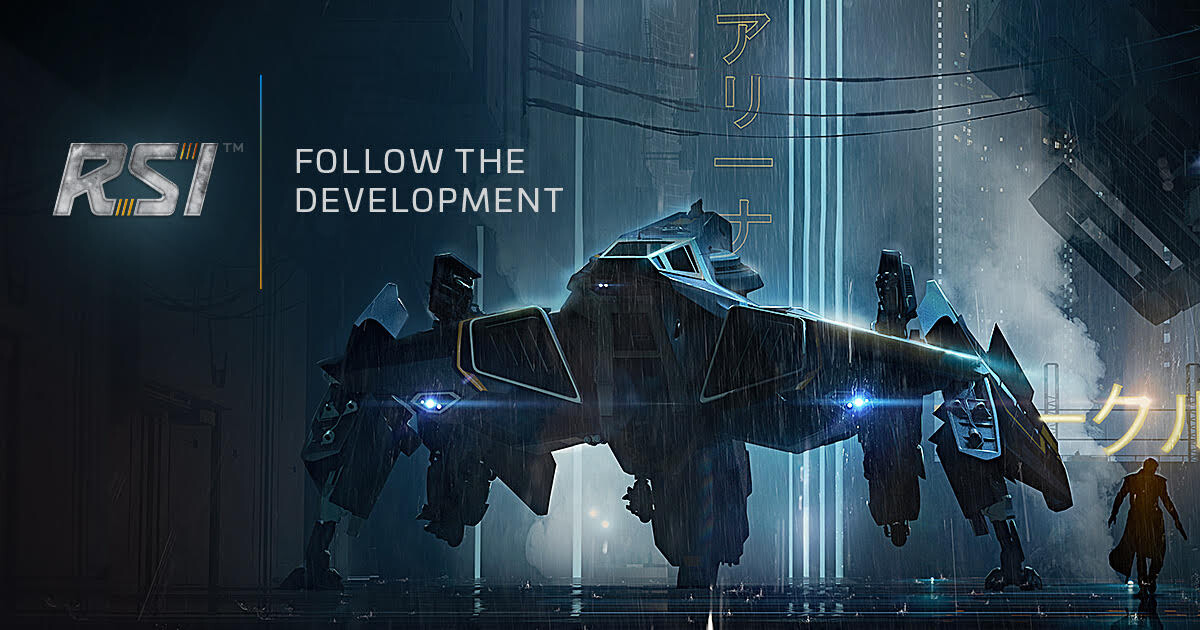Star Citizen: Year-by-Year Development Chronicle (2012–2025)
Star Citizen is an ambitious space simulation game and MMO universe under development since 2012, led by Wing Commander creator Chris Roberts. After a record-breaking crowdfunding campaign, it has grown in scope through stretch goals and ongoing funding. More than a decade later, the project remains in alpha with no definite release date . This report chronicles year-by-year how Star Citizen’s development unfolded from announcement to 2025 – comparing promised features vs. actual delivery, detailing modules launched vs. those still pending, highlighting major developer communications (updates, delays, controversies), and examining community reactions over time. Finally, we explore the psychology behind player loyalty after 10+ years in development.
Throughout this chronicle, we will see a pattern of lofty promises and shifting timelines, incremental module releases, periodic transparency efforts, and a community split between “true believers” and skeptics. Citations from official sources, news, and community hubs support each key point.
Promised Features vs. Actual Delivery (Summary Table)
To frame the journey, the table below summarizes major features/modules promised during crowdfunding and development, alongside their original expected timelines vs. actual delivery status as of 2025:



